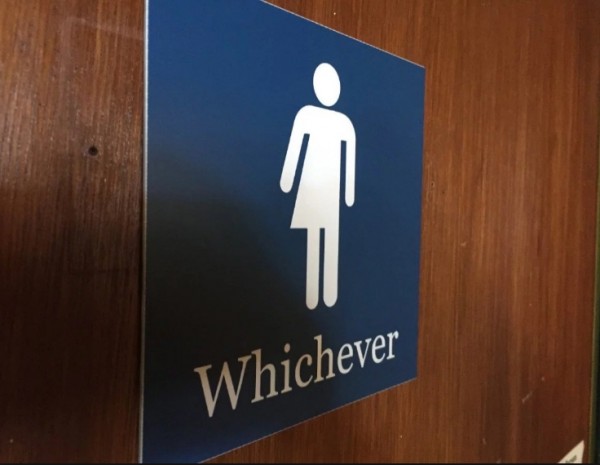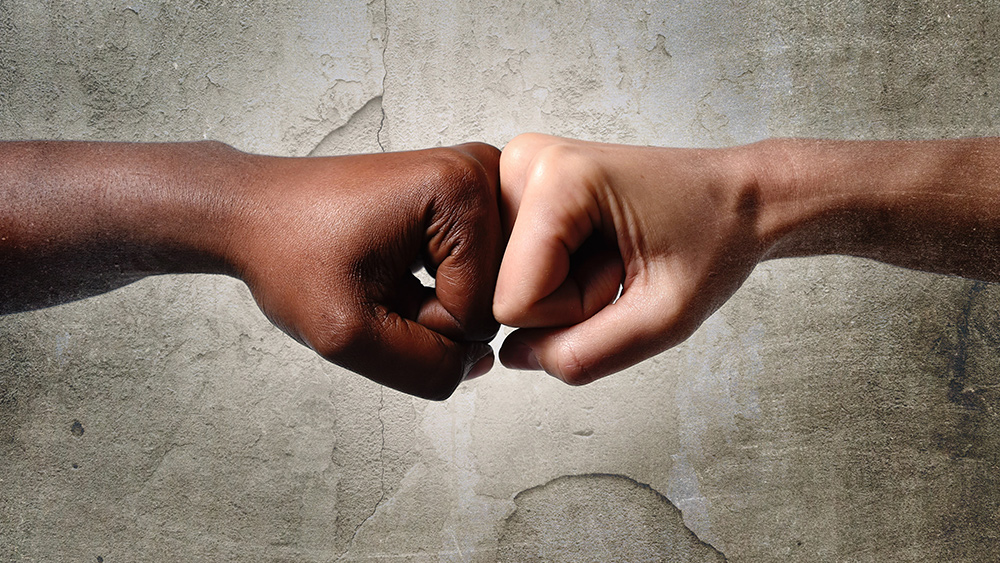
As reported by Science Daily, researchers have recently identified thousands of genes – 6,500 in all – that express themselves quite differently in biological men and biological women, “genes that are mostly active in one sex or the other” and “may play a crucial role in our” health and evolution.
Researchers have long known that genetic makeup is responsible for why men and women differ in very obvious and very subtle ways, like being affected more or less frequently by certain diseases or having much different drug interactions. But they were not clear about how these genetic differences were connected to a person’s sex.
Now, however, scientists from the Weizmann Institute of Science have discovered thousands of genes that are expressed – that is, they are copied out to manufacture proteins – in different ways in men and women. They also found that harmful transformations of these genes can gather amongst the population at higher rates, and their research gives the explanation for why that happens.
They published a detailed map of the genes in the journal BMC Biology to explain how males and females develop separately, though they remain interconnected.
Some years ago Prof. Shmuel Pietrokovski and Dr. Moran Gershoni of the Weizmann Institute’s Molecular Genetics Department began wondering why some human diseases are more prevalent than others. As Science Daily noted:
Specifically, about 15% of couples trying to conceive are defined as infertile, which suggested that mutations that impair fertility are relatively widespread. This seems paradoxical: Common sense says that these mutations, which directly affect the survival of the species by reducing the number of offspring, should have been quickly weeded out by natural selection. Pietrokovski and Gershoni showed that mutations in genes specific to sperm formation persist precisely because the genes are expressed only in men. A mutation that is problematic for only half the population, no matter how detrimental, is freely passed on to the next generation by the other half.
For their recent study, the two scientists enlarged their analyses to cover genes that, while not vital for fertility, are nevertheless expressed in different ways in men and women. So to identify these specific genes, the researchers consulted the GTEx Project, which is a massive study whereby human gene expression is recorded for a number of organs and tissues in nearly 550 adults. The project marked the first time differences in male and female genetic performance and makeup.
After closely examining some 20,000 protein-coding genes and dividing them by sex, they identified 6,500 that favored one sex or the other in at least one tissue.
“For example, they found genes that were highly expressed in the skin of men relative to that in women’s skin, and they realized that these were related to growth of body hair. Gene expression for muscle-building was higher in men; that for fat storage was higher in women,” Science Daily reported.
"The basic genome is nearly the same in all of us, but it is utilized differently across the body and among individuals," Gershoni said. "Thus, when it comes to the differences between the sexes, we see that evolution often works on the level of gene expression."
"Paradoxically, sex-linked genes are those in which harmful mutations are more likely to be passed down, including those that impair fertility,” Pietrokovski noted further. “From this vantage point, men and women undergo different selection pressures and, at least to some extent, human evolution should be viewed as co-evolution. But the study also emphasizes the need for a better understanding of the differences between men and women in the genes that cause disease or respond to treatments."
That said, the overall implications of this particular scientific research are that men and women, physiologically and on the genetic level, are different, indicating that people who say they “identify” as a different gender are most likely doing so by choice, not because they have some physical inclinations.
Having said that, people are free to “decide” who and what they want to be, but let’s call that decision what it is – a choice, and not assign it some politically correct scientific and mental phraseology. There are substantial differences between men and women, as science has just proven once again.
Stay informed at CensoredScience.com and FakeScience.news
J.D. Heyes is a senior writer for NaturalNews.com and NewsTarget.com, as well as editor of The National Sentinel.
Sources:
Please contact us for more information.























